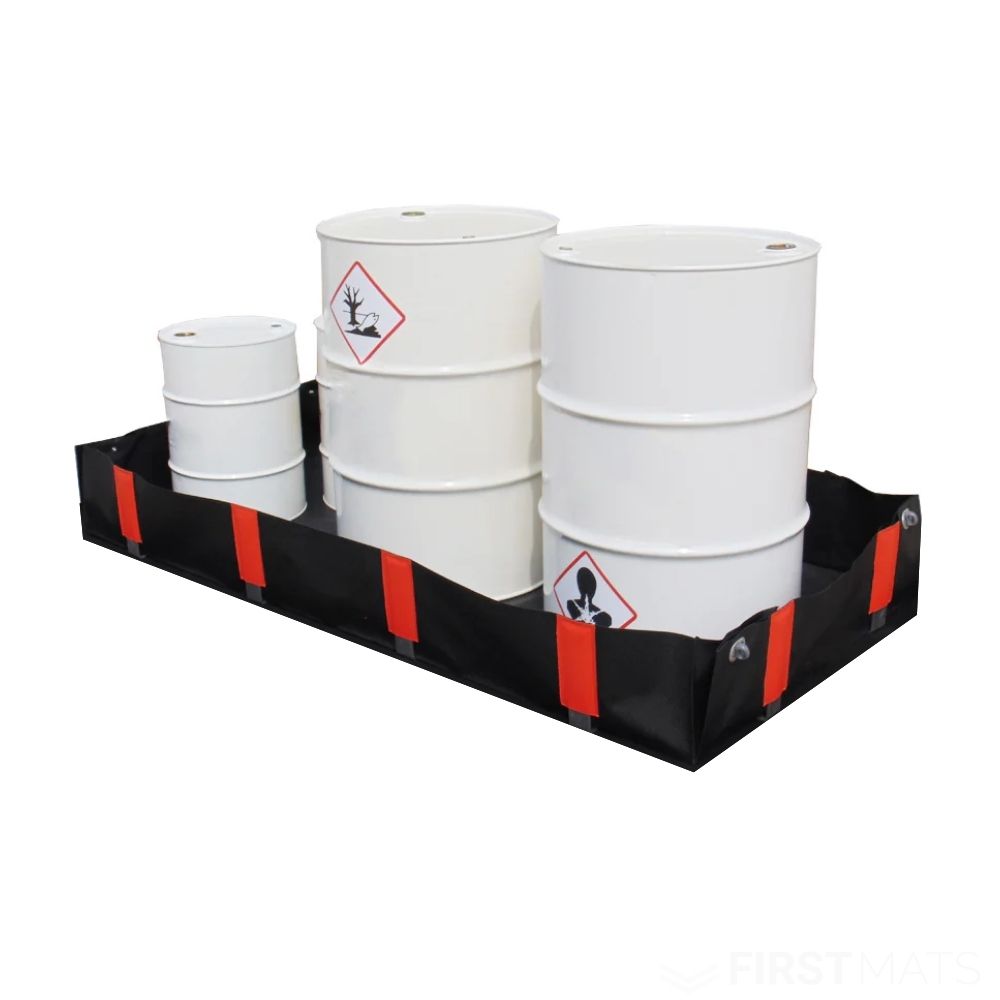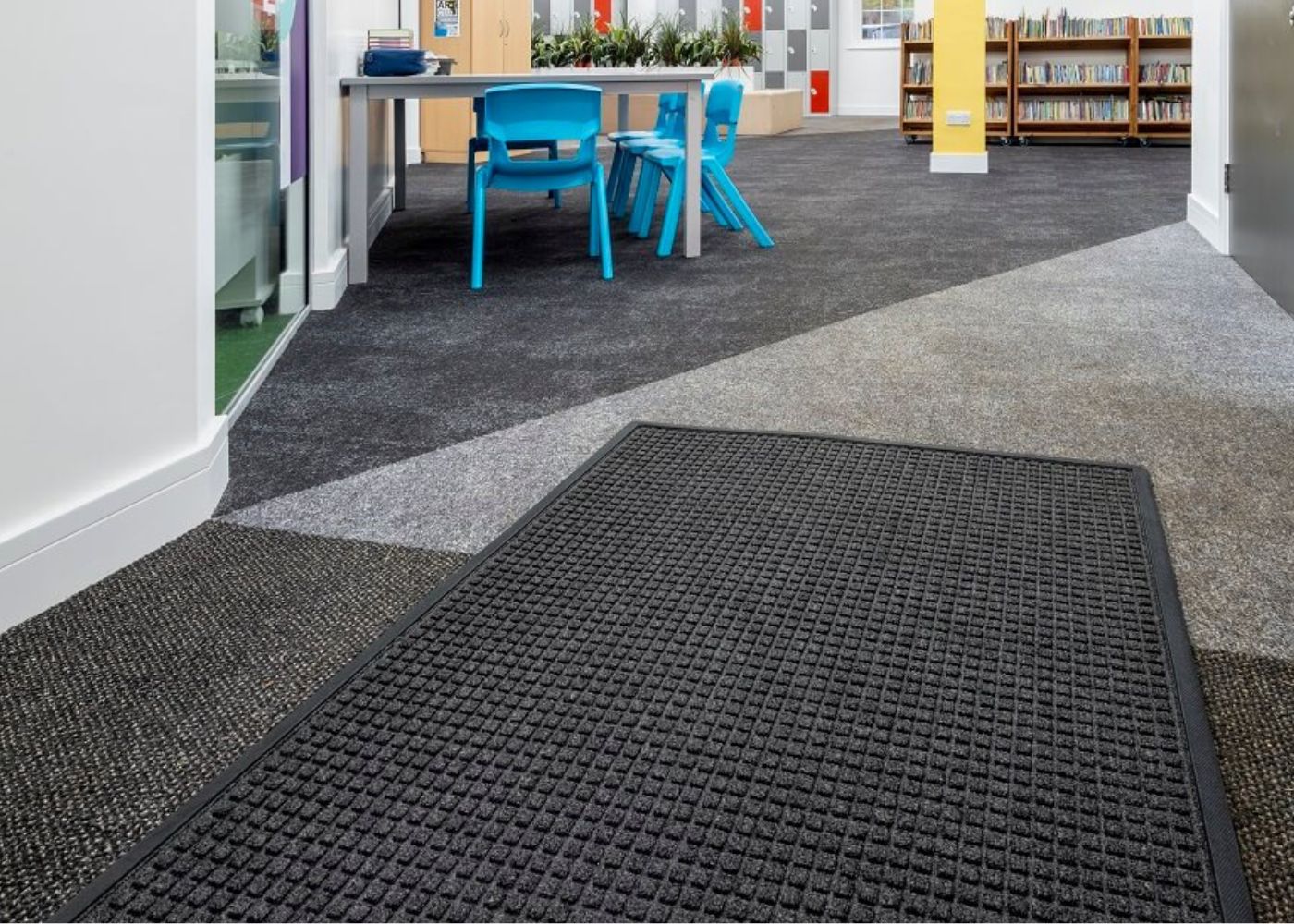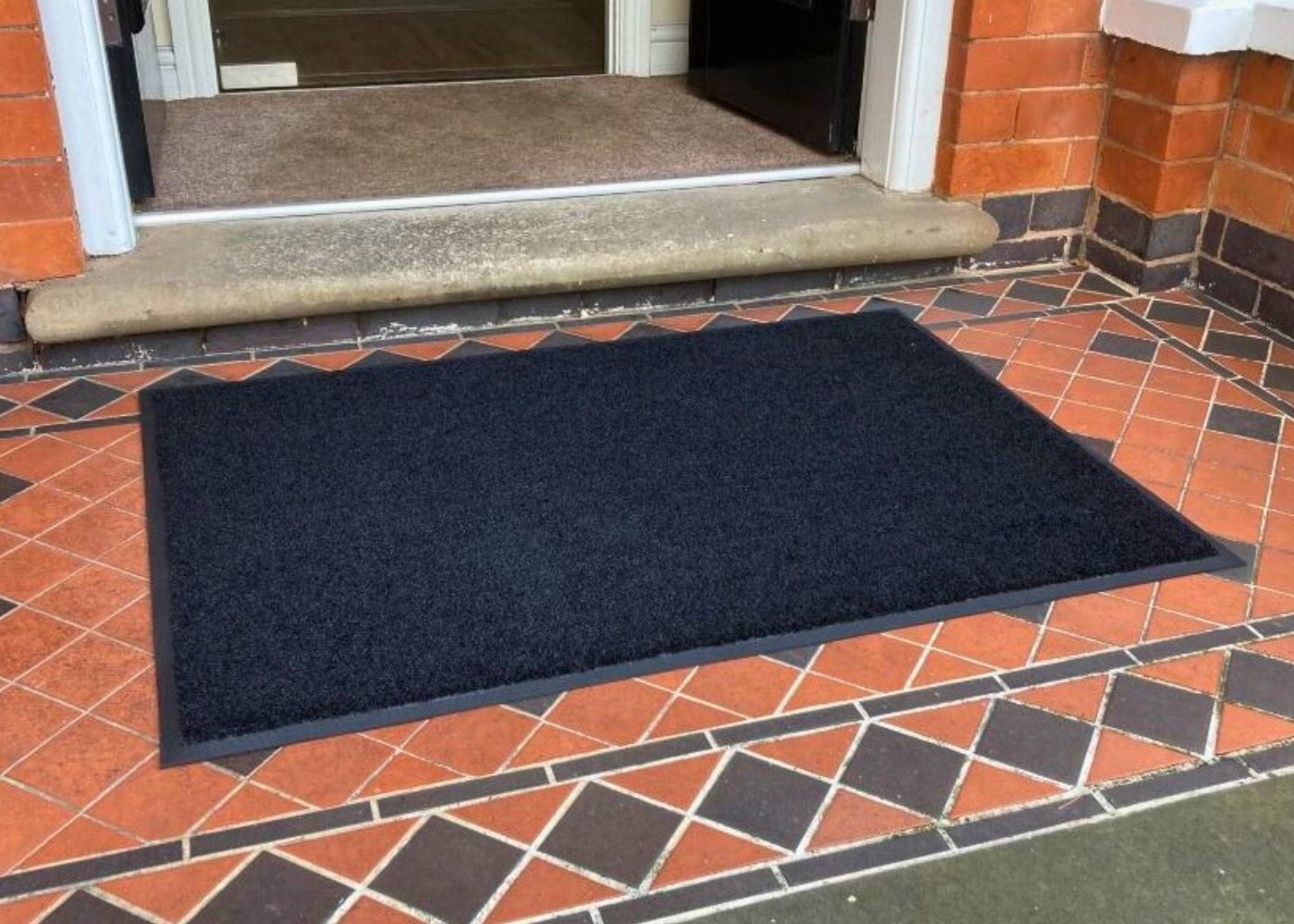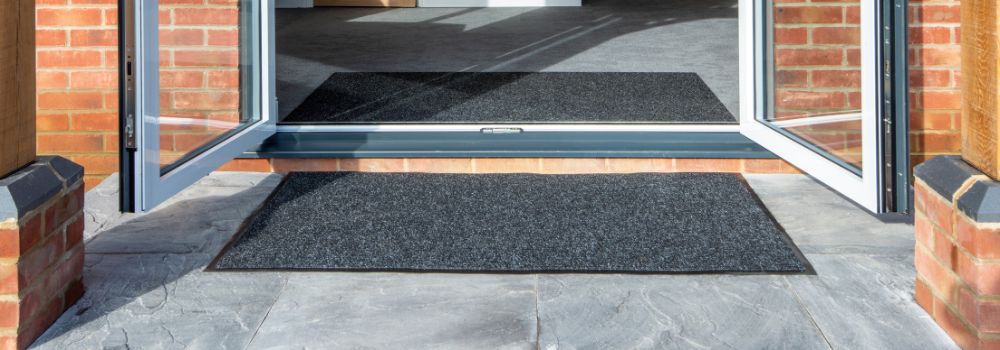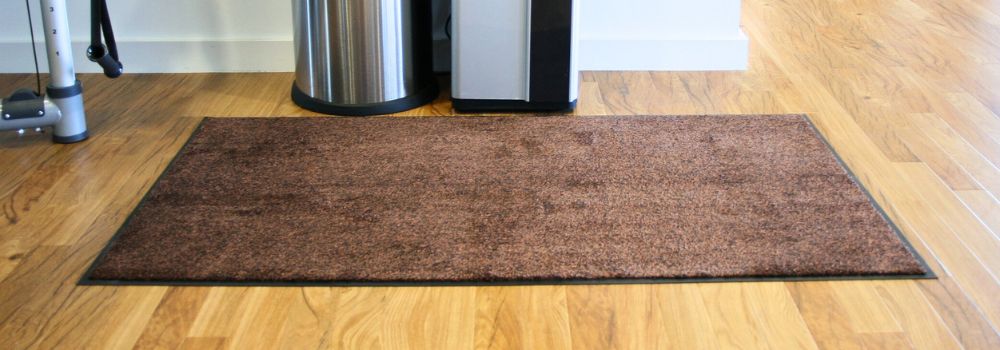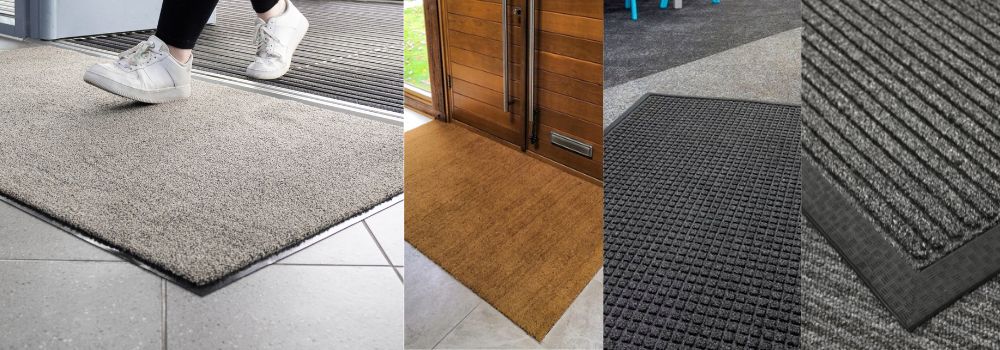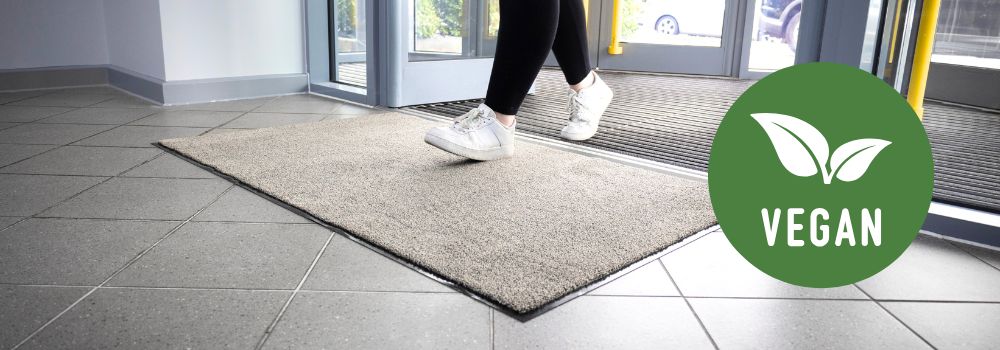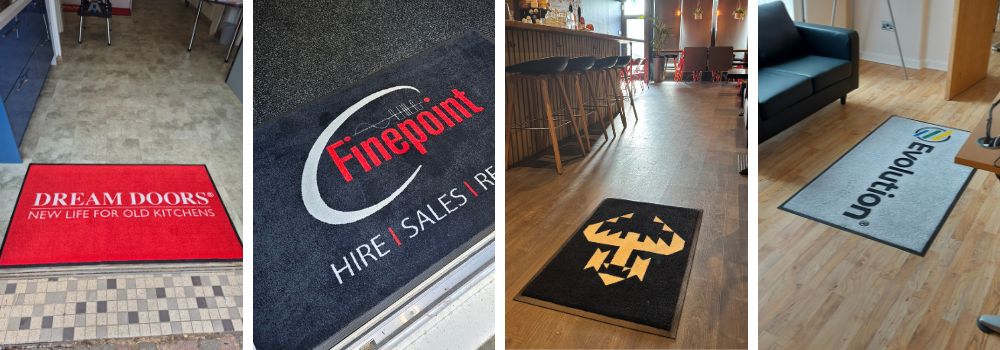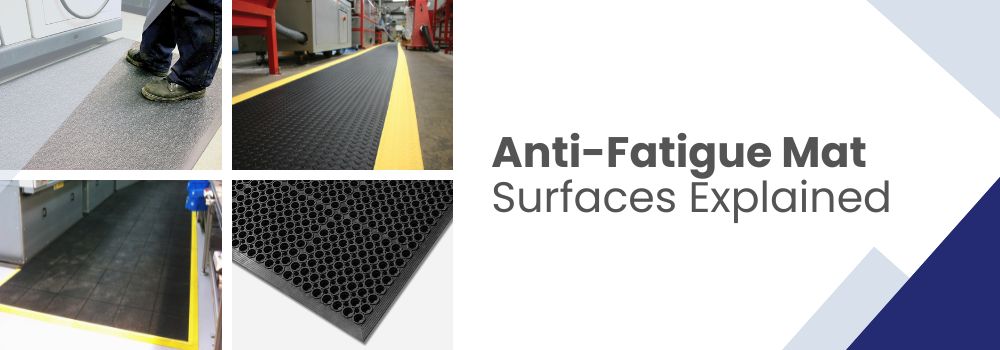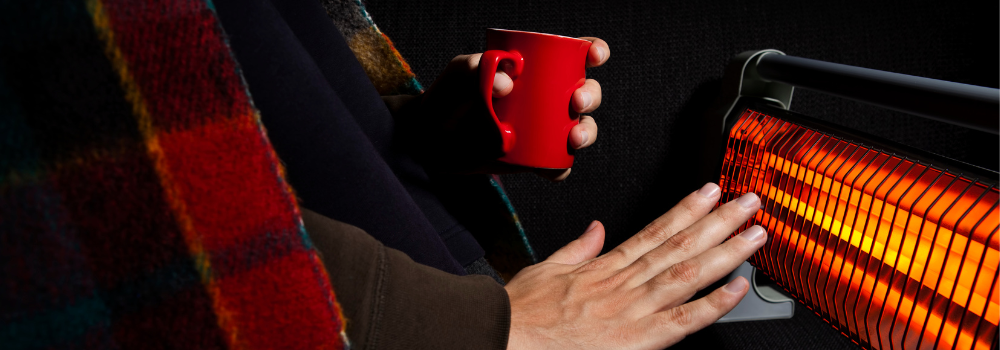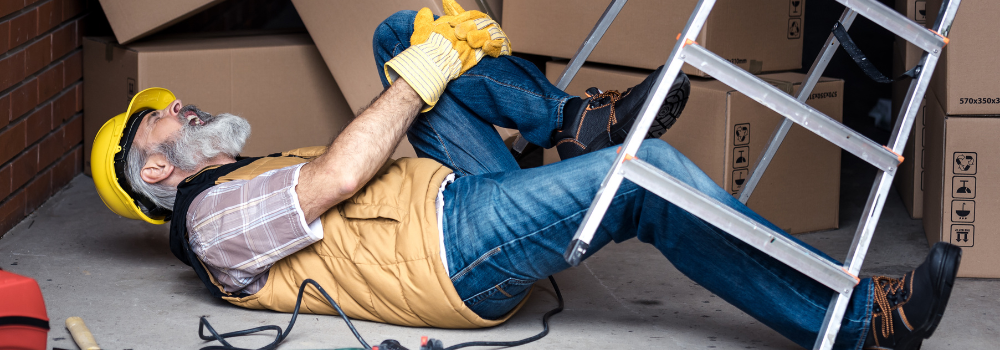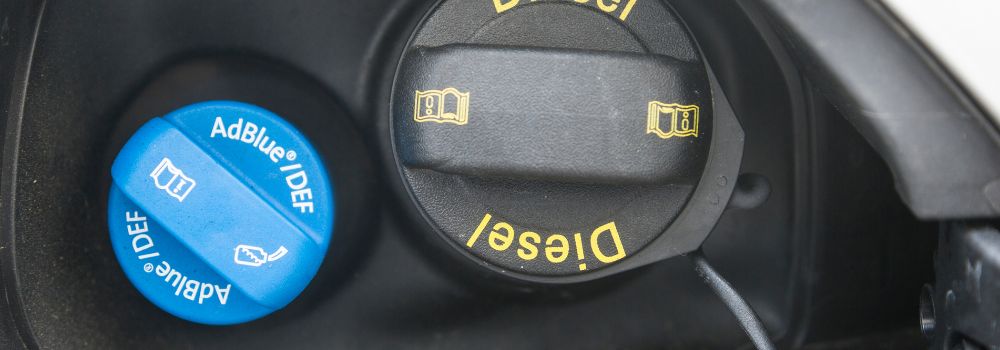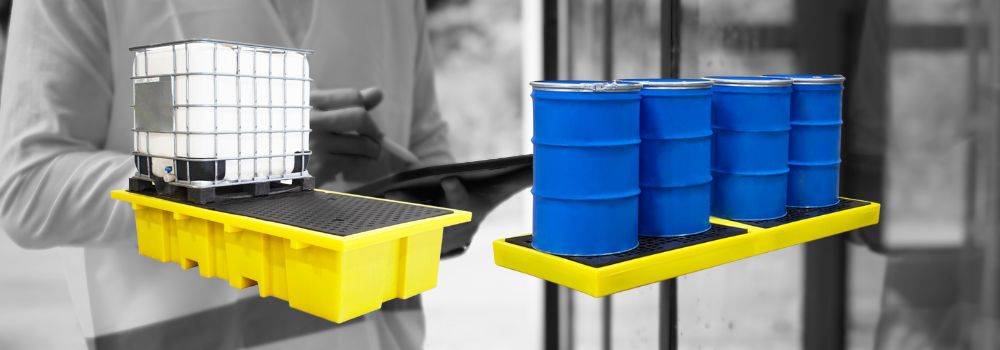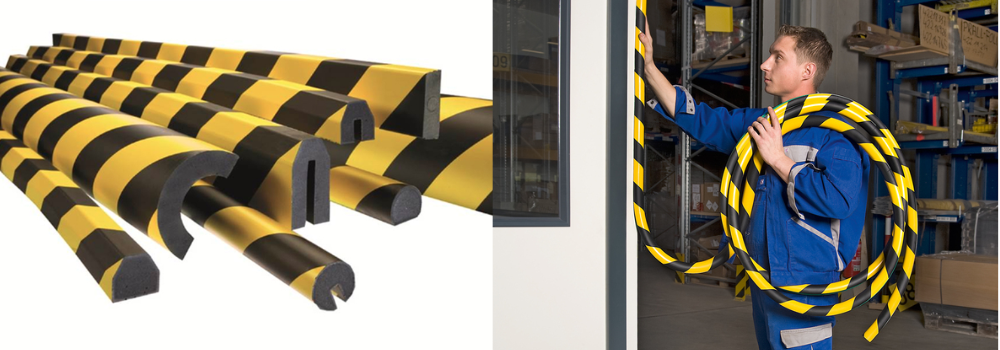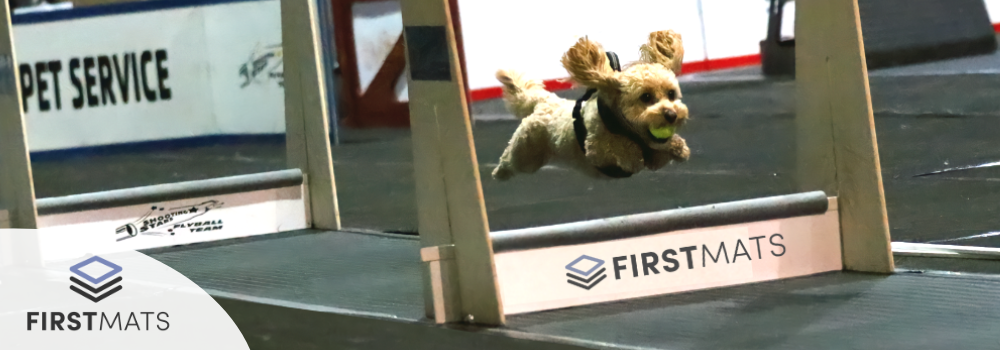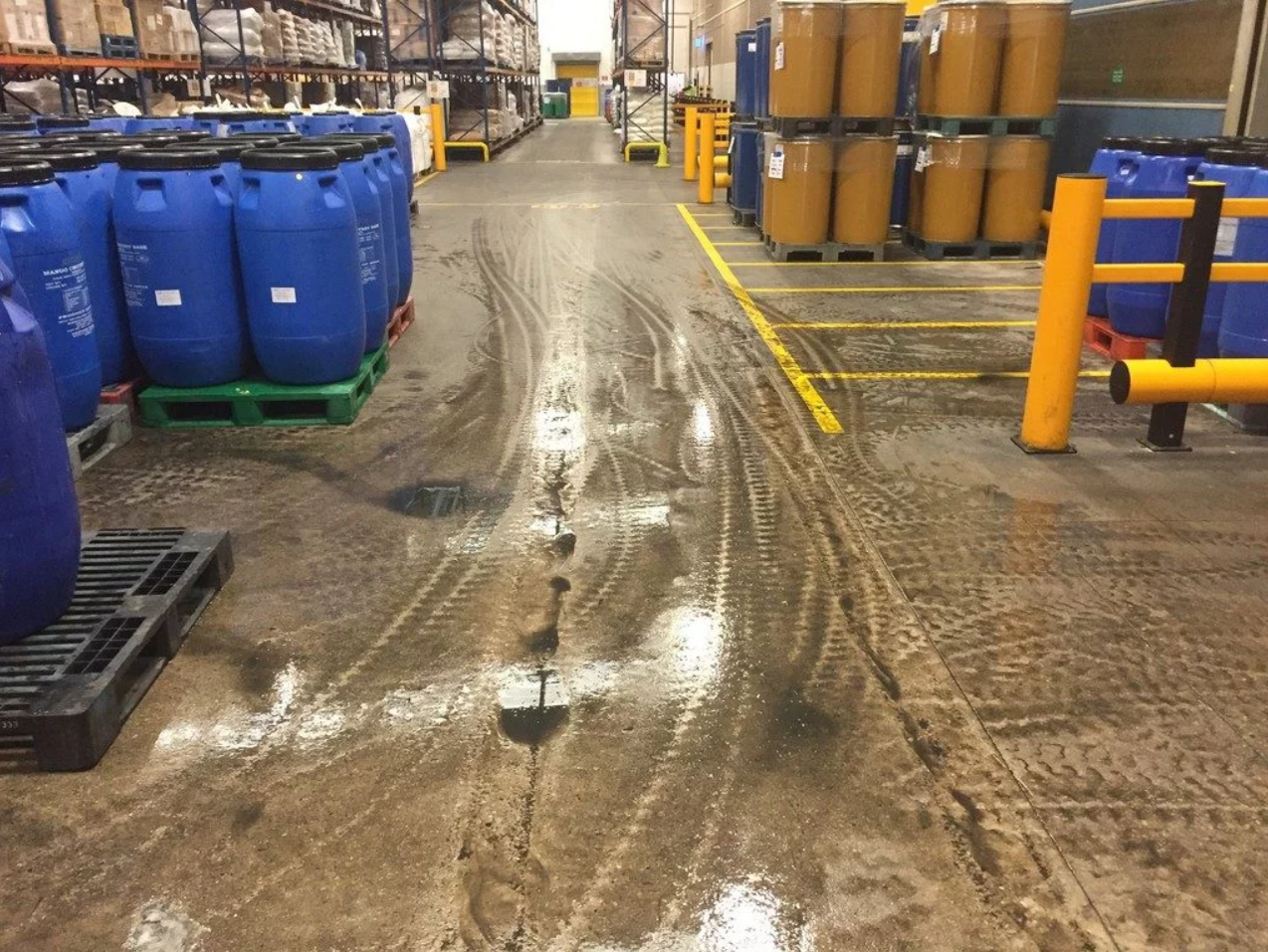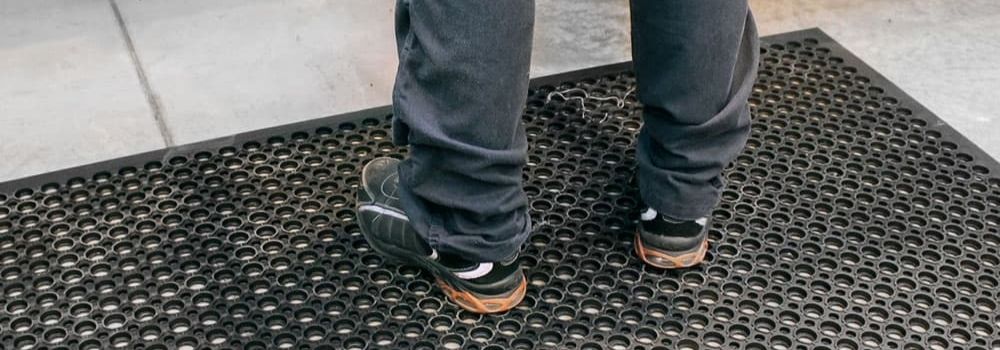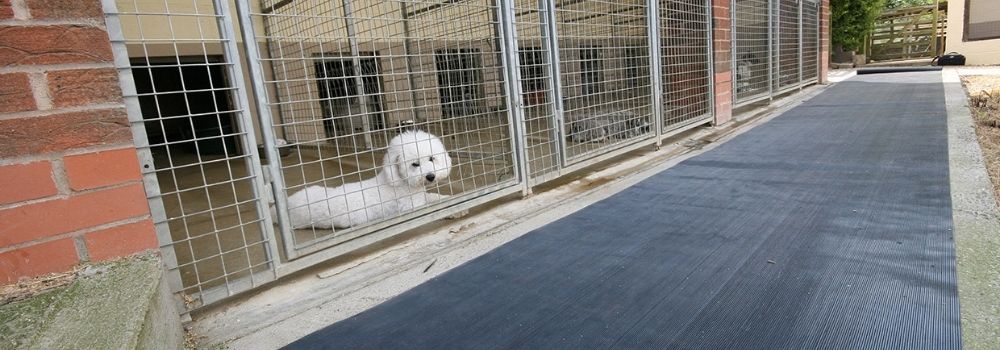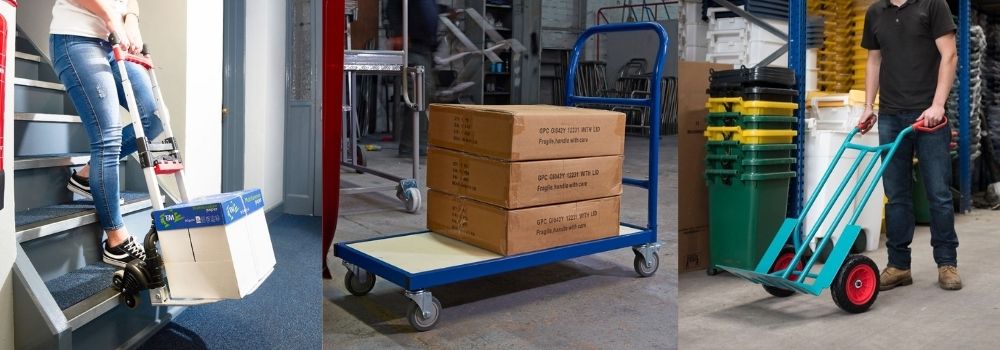Understanding UDL: Uniformally Distributed Load

by Richard O'Connor
Jul 11, 2023 | *3 minutes to readWhat Does UDL Mean?
UDL, or Uniformally Distributed Load, is a term used in the field of manual handling equipment to describe the weight capacity of a particular piece of equipment.
Put simply, UDL refers to the maximum weight capacity of equipment where the weight is spread uniformally, rather than concentrated on a single place.
It's a concept that goes beyond simply stating the maximum weight a piece of equipment can handle. Instead, it provides a more comprehensive understanding of how weight should be distributed on the equipment for optimal performance and safety.
Why is UDL Important?
The importance of UDL lies in its ability to provide a more accurate and safe measure of load capacity. When we talk about the weight capacity of a piece of equipment, we often think about it in terms of a single, concentrated load. However, in real-world scenarios, loads are rarely concentrated at a single point. They are usually spread out over the surface of the equipment.
Understanding the UDL of a piece of equipment ensures that the load is distributed evenly across its surface. This uniform distribution of weight helps maintain the stability of the equipment, preventing tipping or other forms of accidents that could occur due to uneven weight distribution.
UDL in Practice: Examples
To better understand the concept of UDL, let's consider a couple of examples.
Warehouse Trolley: Suppose you have a warehouse trolley with a UDL of 500 kg. This means the trolley can safely carry a total weight of 500 kg, provided the weight is evenly distributed across its surface. If you were to place all 500 kg at one end of the trolley, it could tip over or become difficult to manoeuvre, even though the total weight is within the stated capacity.
Shelving Unit: Consider a shelving unit with a UDL of 100 kg per shelf. This means each shelf can support 100 kg, but only if the weight is spread out evenly across the shelf. Stacking all 100 kg in the middle or at one end of the shelf could lead to the shelf bending or breaking.
How to Determine the UDL of Your Trolley
Determining the UDL of a trolley you already have can be tricky, especially if the manufacturer's information is not readily available. Here are a few steps you can take:
- Check the Manufacturer's Information: The first and most straightforward step is to check the manufacturer's information. This could be in the form of a label on the trolley, a user manual, or the manufacturer's website.
- Physical Inspection: If the manufacturer's information is not available, a physical inspection can provide some clues. Look for signs of wear and tear, especially in areas where weight is likely to be concentrated. This could indicate the areas of the trolley that are most capable of bearing weight.
- Professional Assessment: If you're still unsure, consider getting a professional assessment. A professional in the field of manual handling equipment can provide a more accurate determination of the UDL.
Remember, understanding the UDL of your equipment is not just about maximising its utility—it's also about ensuring the safety of those who use it. Always ensure that loads are evenly distributed and do not exceed the stated UDL.
Explore More Topics
Frequently Asked Questions
If you have any questions, we’re here to help
How long does delivery take?
Each product comes with a specified lead time for delivery. We'll keep you informed if there are any delays in meeting this timeline.
Typically, once you’ve finalised your order and approved the proof, it will take 4-5 business days to make and deliver your finished mat.
If my order is damaged, can I return or exchange it?
Got a problem with your order? If something's not right or you're not thrilled with the quality, just let us know within 14 days of getting it. Drop us a line, and we'll tell you what to do next—usually, it starts with you sending us a photo of the issue. Once we check that out, we'll sort you out with a refund or a new item, no fuss.
Can I get my mat delivered more quickly?
Need your item in a hurry? Just Contact us to explore the faster delivery options we might have for you!
If my custom mat is damaged, can I return or exchange it?
Got a problem with your order? If something's not right or you're not thrilled with the quality, just let us know within 14 days of getting it. Drop us a line, and we'll tell you what to do next—usually, it starts with you sending us a photo of the issue. Once we check that out, we'll sort you out with a refund or a new item, no fuss.





